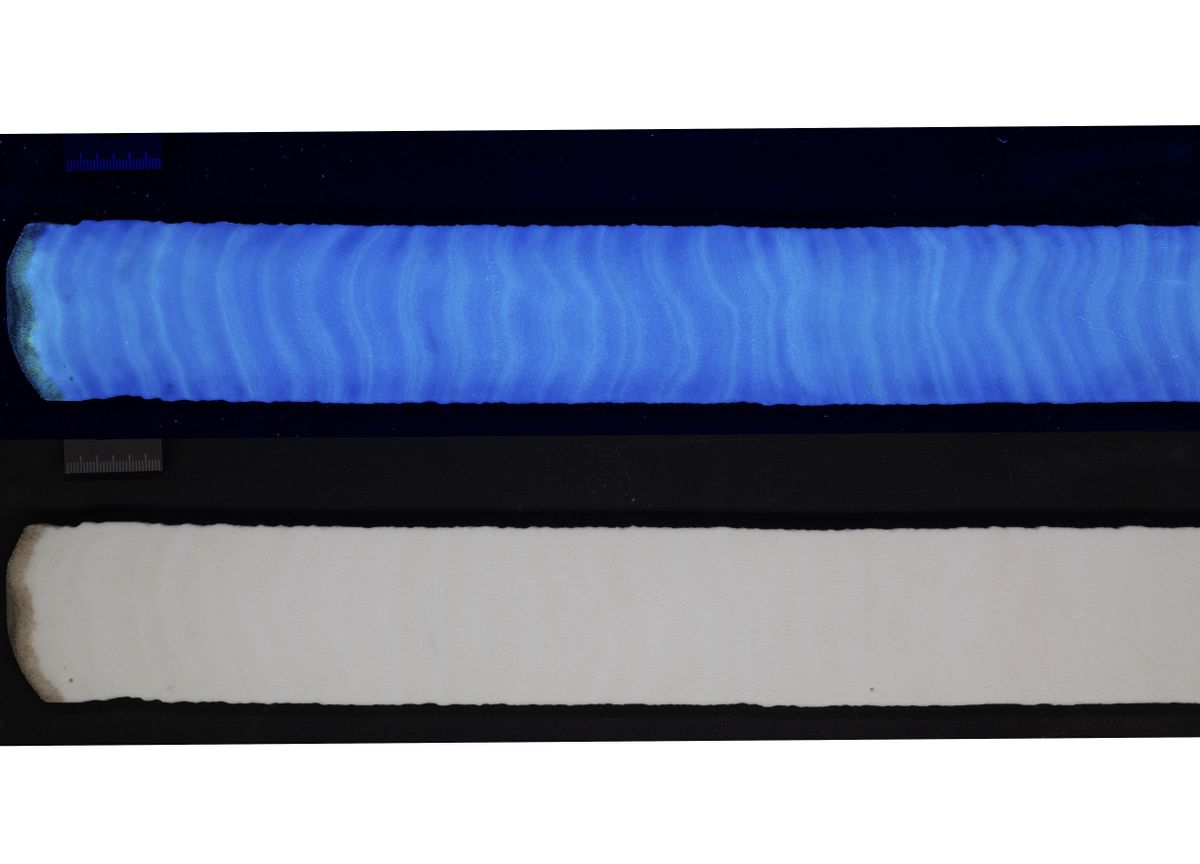The Great Barrier Reef is now facing its hottest sea surface temperatures in four centuries, a new study finds. Rapid warming is causing massive coral bleaching that threatens marine ecosystems and biodiversity, scientists have warned.
“The world is losing one of its icons,” the lead author of the study Benjamin Henley, a paleoclimatologist at the University of Melbourne, Australia, said at a press conference on Tuesday (August 6). “We will sadly see the demise of one of Earth’s most spectacular natural wonders.”
The Great Barrier Reef, off the coast of Queensland, is home to the world’s largest collection of coral reefs, stretching for more than 1,400 miles (2,253 kilometers) and covering an area of more than 134,000 square miles (348,000 square kilometers). .
In a new study published Wednesday (August 7) in the journal Naturescientists found that the sea surface temperature in the first three months of 2024 is the warmest ever recorded in 400 years, reaching 0.34 degrees Fahrenheit (0.19 degrees Celsius) above the previous record.
This unprecedented high temperature is the main driver of coral bleaching, the scientists said.
Connected: Great Barrier Reef Hit Again by Severe Coral Bleaching
Coral bleaching occurs when environmental stress, such as heat and pollution, causes a coral to expel the colorful algae – its main food source – that live inside it. When the algae is removed, the coral loses its vibrant colors and turns white. Bleached corals are more susceptible to disease and death.
The study authors reconstructed sea surface temperature from 1618 to 2024 using temperature data from several locations on the eastern part of the reef. The temperature data came from ship and satellite data, as well as coral cores, which are drilled from coral skeletons and contain light and dark bands that indicate years. It’s “a bit like tree rings that we can count,” study co-author Helen McGregora paleoclimatologist at the University of Wollongong in Australia said at the press conference.

By measuring the ratio of strontium to calcium in these coral cores, scientists can ascertain the temperature of the water at the time the corals were growing—the higher the temperature, the lower the strontium-to-calcium ratio. Similarly, the scientists also measured the levels of a version, or isotope, of oxygen left behind in the coral. The higher the oxygen-18 content, the colder the water temperature.
The scientists focused on the period from January to March, which marks the Australian summer. They found that in the area they studied, sea surface temperatures between 2016 and 2024 were 1.38 F (0.77 C) warmer than those between 1970 and 1990 and nearly 3 F (1.7 C) warmer than the coolest summer in four- records of the century.
The new study shows the risk climate change poses to the Great Barrier Reef, McGregor said. In a June 25 decision, UNESCO’s World Heritage Committee declined to change the reef’s status from “serious threat” to the more urgent category of “endangered,” in part because conservators have done a good job protecting the reef.
But McGregor said the new study clearly shows the problems with UNESCO’s decision.
“The science is showing very clearly that the Reef is at risk,” she said.
While the findings highlight how urgently emissions need to be reduced, “there is a glimmer of hope,” Henley said. If the sea surface temperature can be kept from rising further, there is a possibility of restoring the ecosystem.”